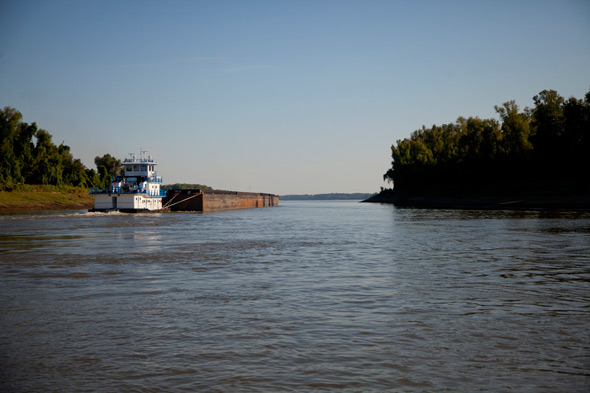The Coast Guard wants to hear about mariners’ experience and advice as it undertakes a study of navigation requirements on the nation’s entire Western Rivers System.
The immense network includes the Mississippi River from mile 857 on the upper river to mile 155 on the Lower Mississippi, and extending into the neighboring states.
It is the third in a series of studies on aids to navigation (ATON) by the Coast Guard Waterways Analysis and Management System. The WAMS group is also studying the Atlantic and Gulf coasts, and needs of the West Coast and U.S. Pacific islands. But the Western Rivers, with their unstable nature and ephemeral channel conditions, require a study all to themselves.
The questionnaire for the Western Rivers Waterways Analysis can be accessed online. The project includes these rivers and waterways:
- Port Allen-Morgan City Alternate Route (Louisiana)
- That part of the Atchafalaya River above its junction with the Port Allen-Morgan City Alternate Route including the Old River and the New River.
- The Tennessee-Tombigbee Waterway (Mississippi)
- Tombigbee River ((Mississippi-Alabama)
- Black Warrior River (Alabama)
- Alabama River
- Coosa River (Alabama)
- Mobile River above Cochrane Bridge at St. Louis Point
- Flint River
- Chattahoochee River
- Apalachicola River above its confluence with the Jackson River
Coast Guard officials are asking interested mariners and other maritime stakeholders to go online and provide their input at https://www.surveymonkey.com/r/WRWAMS. The survey is open until July 1.
Along with comments from the survey, the WAMS study group will analyze cargo data from the Army Corps of Engineers Waterborne Statistics Center. Automatic Identification System (AIS) marine traffic data will also be analyzed and compared with environmental conditions, such as ice and water levels.




